
Dick Sternberg and Sean Morrissey with the Morrisey & Co forge at Jandowae where tens of thousands of cattle brands have been forged over the past 100 years.
From lazy As and tumbling Bs to crazy Ys and rocking Zs, reading cattle brands is like deciphering a cryptic code.
Beyond simple marks of identification and deterrents to cattle theft, brands have evolved into a language of their own.
Various alterations to letters, numbers and symbols have been adopted over the years to ensure any single or three-piece brand remains unique and different to any other, creating along the way a distinctive dialect that is all but unknown outside the industry.
Get Beef Central’s free daily news email – click here
American ‘Life’ magazine once described cattle brands as “pyro-glyphics”, neatly capturing the confounding nature of cattle brand language to outsiders.
Letters and numbers can be lazy (lying down), crazy (upside down), flying (with wings attached), walking (with feet attached), tumbling (tilted at 45 degrees), rocking (sitting in an upturned half-circle), open (ie an A minus its internal horizontal bar), connected, reversed, scripted and scrolled, to name just some of the variations.
A simple letter ‘A’ for example can take many forms, as illustrated in the picture at right:
Brands can also incorporate various visual devices such as angles, bars, brackets, cranks, curves, circles, crowns, crosses, rails, slashes and many more.
When it comes to decoding cattle brands, the basic rule is that they are read from left to right (ie N P), from top to bottom (ie bar F, inverted crown C), and, when enclosed in another symbol, from outside in (ie Circle S, Diamond J, Box T).
Some brands also offer a revealing nod to the creativity and playfulness of their originators.
For example, see if you can work out what the below brands (originally published on the Modern Farmer website) mean (answers below article):
Five generations of brand makers
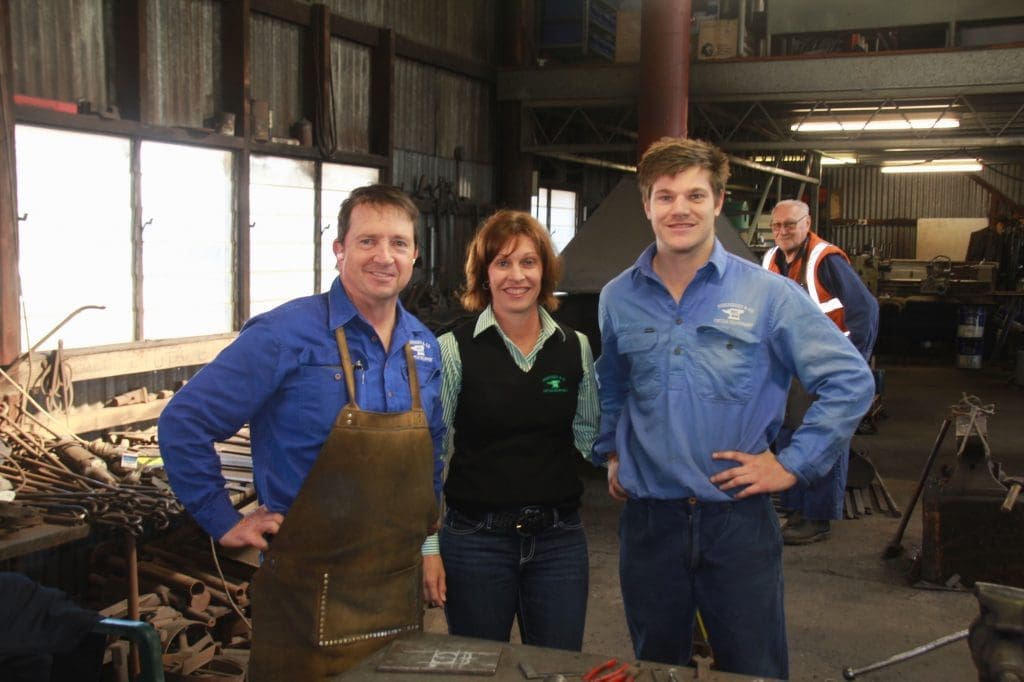
Sean, Chris and Tom Morrissey still produce hand-forge branding irons and calf cradles in the same Jandowae shed where Morrissey & Co has operated since 1910.
One person with no shortage of experience in reading brands is Sean Morrissey, a fourth generation blacksmith from the Darling Downs town of Jandowae, north of Dalby.
In times gone by local blacksmiths like Sean could be found sweating over forges in every country town.
Today traditional brand makers are far fewer and further between, but strong demand for their services remains, with cattle branding still an important way of identifying cattle and discouraging cattle theft. In fact in Queensland, the Northern Territory and Western Australia, cattle branding remains compulsory by law.
The Morrissey family has been hand-forging cattle brands on the Darling Downs since the 1800s.
“Morrissey & Co” is today a leading brand in the world of cattle brands in its own right.
Morrissey irons and calf cradles are used across Australia, including on some of the biggest and best known stations in the country. Among Sean’s favourites are the elegantly simple “Wineglass” brand of the Consolidated Pastoral Company and the iconic “Bar SK” brand of S Kidman and Co.
Customers over the years have even included some famous names in the United States cattle industry including the Rockefellers and Hudgins.
The Morrissey dynasty started in Australia when John Morrissey from Cork in Ireland travelled to Australia and became a blacksmith, farrier and wheel wright at Jimbour Station, then a vast Darling Downs pastoral run carrying some 300,000 sheep.
In 1910 John’s son Daniel established Morrissey & Co in Jandowae.
For more than 100 years the anvil has been passed down from father to son.
So what has changed in the way the Morrisseys make cattle brands today, compared to how John Morrissey made brands back in the 1800s?
Very little.
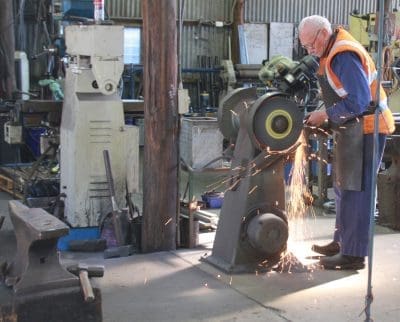
The old and the new – electrical grinders have replaced manual equipment but the traditional hammer and anvil remain integral to the blacksmithing operations of Morrissey & Co.
Manual power has given way to electrical power for some tasks such as grinding, while wrought iron has been replaced with stainless steel as the material of choice. But other than that, brands are still hand made the same way there were a century ago. How many products can still claim that?
Why stainless steel? Sean’s father John, better known as Jack, was the first in Australia to introduce stainless steel brands.
The move was motivated after properties began using gas burners instead of wood fires to heat brands. The intense heat caused the wrought iron brands to wear away much faster. Stainless steel provided a more durable, longer lasting brand.
With cattle prices rising, there are also signs some producers are moving back to branding.
“We have had some customers from the Southern States come in and say we have had cattle going missing in recent times, so we have started to brand again, even though it is not compulsory” he said.
“If you are only relying on an ear tag or an NLIS tag, they can be cut out.”
The language of cattle brands could be around for a long time to come.
Indeed, a fifth generation of Morrisseys is now forging a path in the trade, with Sean and Chris’ youngest son Thomas currently working in the family operation and eldest son John and daughter Sally working on a cattle station in Queensland’s Gulf Country.
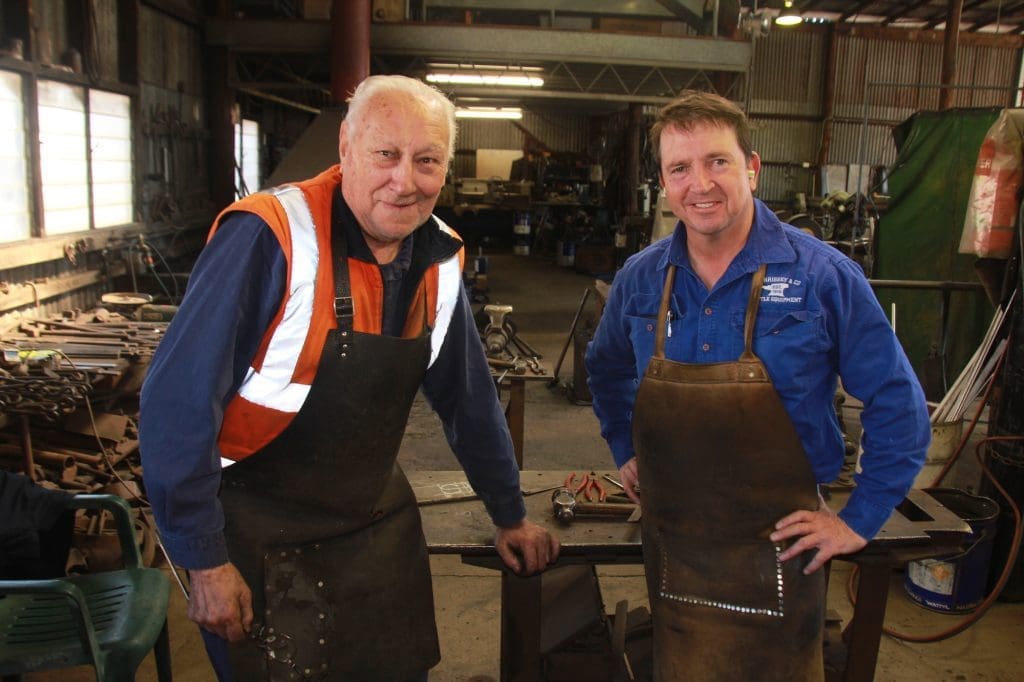
Dick Sternberg worked for Dan Morrissey, then Jack, and now Sean (right). For 60 years he has been an indispensable member of the Morrissey & Co team.
The answers!

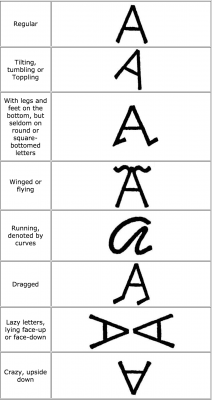

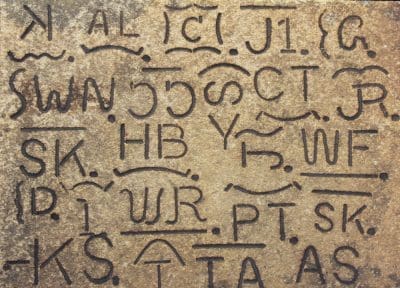
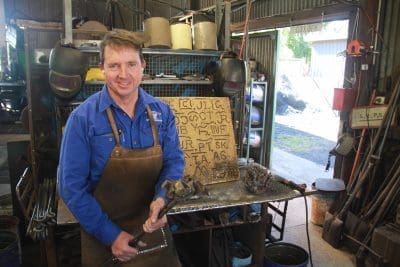

My grandfather had a brand “lazy JK9. The J is lying on its side and the K uses the top portion of the now lying down J as part of the K and this is followed by a 9. Do you have records of this brand?
My family has an old branding iron passed down and I’d love to know the proper way to read it! It is an N inside a circle with a bar attached to the right side of the circle. The hazy recollection is that it was called Circle N 1, but would the bar be read as a number? I’d love to hear your thoughts!
I picked up an old brand on the weekend in Milton, NSW, simply U over/on T. I’m wondering if you/anyone knows it’s origin or meaning?
My family (the Websters, a family of horse breeders from Adelaide in the 1930s) had a brand that was 77 lazy U. We have no idea what it might have meant. We have researched birth dates etc but have hit a dead end. Would you have any clues/suggestions please?
What about their renowned branding cradles?
Still the benchmark by which all are compared and a big improvement over the old timber Botterill.
They constantly improve their design, and the later versions seem to have reintroduced features of the original after trial and error.
Constant improvement and obviously listen to their customers.
However, what about ear pliers?
A dying art! Who is continuing that trade or skill especially sharpening them?
Back in 2012 having read a great article in ‘Outback Magazine’ some years before. Katrina Goldsworthy ‘The Bull Artist’ (being fascinated in Cattle Brands) visited Sean Morrissey and his team @ Morrissey & Co, Jandowae. As a result of this visit and viewing such a wonderful collection of Australian Brand’s/provenance a collaboration between Sean, Ralph Goldsworthy and ‘The Bull Artist’ resulted in a branding board with two brands either side being gifted to the ‘Australian Stockman’s Hall of Fame’. Please if anyone is in Longreach please take the time to ask and see the Branding Board and study some of the famous brands on the board:)
In my early days as a reporter in North Queensland in the early 1980s, firebrands were more than a source of indelible identification. They were a signature, applied with great pride, marking generation-on-generation of selective breeding. And the bigger the better. Rib brand symbols were often five inches across. I can still see the ‘Zed Crank Vee’s’ and the ‘Zed Zed One’s’ (Mt Fullstop, near Greenvale) lined up with their rib brands proudly displayed, like a Coke symbol, in the Charters Towers or Bohle yards. Many brands became universally known among those who followed the market, from works cattle buyers to agents to stockies. I cannot remember the last time I saw a rib brand.
NT brands must contain a T, those branding with a symbol brand, has it linked to the T brand.